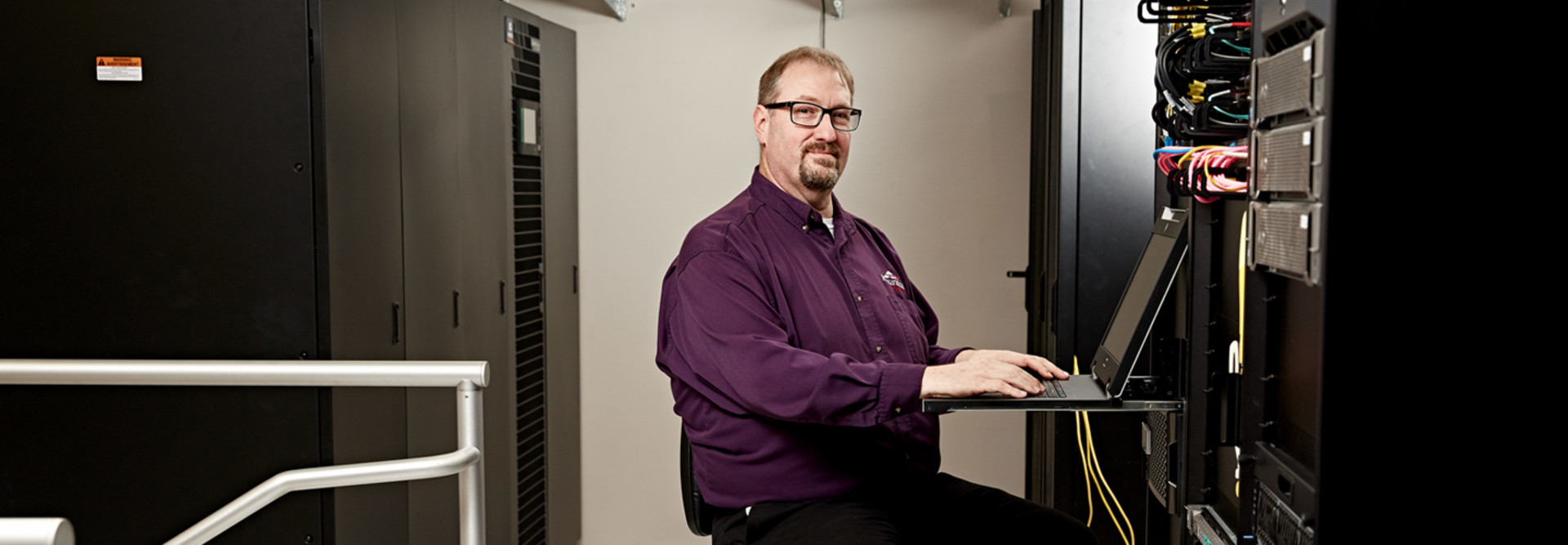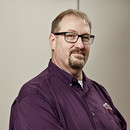Alexandria, La., is revitalizing its significant architectural districts and evolving to serve as a hub for retail, business, healthcare and transportation for nine counties and more than 400,000 residents.
The increase in city services required high-performing IT infrastructure, so Alexandria’s IT team began testing virtual desktops to streamline operations. Keith Staples, a systems analyst with the city, remembers when Alexandria realized its storage area network arrays didn’t provide powerful enough storage.
“We were testing VMware with 20 to 30 users on our old SAN arrays, and it was working,” he says. “But when we jumped to 300 users overnight, it had a severe impact, with very slow performance. We knew we were going to have at least 600 users on the system eventually, and the input/output per second of the old system wasn’t cutting it.”
The virtual server and virtual desktop infrastructure environment supports classes for police departments across the state, as well as heavy system requirements for computer-aided design and manufacturing applications.
After researching several solutions, the IT team decided on the NetApp EF560 all-flash array. Now, Alexandria runs a total of seven NetApp arrays, which it uses for all virtual desktops.
“We can do so much that we couldn’t before,” says Greg Able, information systems officer for Alexandria. “We can create a classroom of 20 virtual desktops for a weeklong training in five to 10 minutes rather than hours. The speed and reliability allow us to do that.”
_0.jpg)
Agencies Get More Reliability and Speed with SSDs
Many state and local government agencies, especially those relying on VDI, realize that traditional hard disk drives can create a bottleneck for the system.
Unlike HDDs, which are mechanical devices, solid-state drives use no moving parts to store and retrieve data.
“SSDs are a nonmechanical way to store data, so right off the bat they’re much more reliable,” says Eric Burgener, research vice president of infrastructure systems, platforms and technologies for International Data Corp. “They’re also much faster than HDDs, delivering 10 to 100 times better performance for typical enterprise applications that require a mix of read and write operations.”
Speed and reliability lead to other advantages, such as less maintenance, reduced likelihood of data loss, larger storage capacity with a smaller footprint and more efficient performance.
These benefits come at a cost — flash arrays are simply more expensive than traditional HDDs. However, the price has decreased over the past several years, and those who’ve deployed flash storage arrays are more than likely to demonstrate significant ROI.
In Alexandria, Able estimated the IT department would save from $300,000 to $500,000 over a 10-year period.
“The cost of flash storage has come down,” he says. “In a small municipality like ours, that cost savings has helped us budget money into other places.”
MORE FROM STATETECH: See how offsite data storage helps local agencies with disaster recovery.
Davenport, Iowa, Was an Early Adopter of All-Flash Storage
In Davenport, Iowa, the city’s IT department installed its first flash array from Pure Storage in 2011. Cory Smith, Davenport’s CIO, had been running VMware on traditional hard drives when the system began to develop problems with latency.
“This was prior to the general availability of Pure Storage,” Smith says. “We entered into a beta agreement with Pure Storage, and the rest is history.”
Smith and the IT department tested the flash array for the police and fire departments, which consisted of a few hundred virtual desktops, and found that the new units solved the latency and bandwidth issues.
Today, Davenport has upgraded to Evergreen, a subscription-based service that automatically upgrades software and replaces hardware for Pure Storage. Smith was surprised at the significant cost savings of Evergreen.
“The newer hardware needs less upkeep, monitoring and maintenance, so even with paying for newer equipment, we’re paying much less annually for support,” Smith says.
MORE FROM STATETECH: Find out how to handle the human side of state and local data center automation.
Nebraska Embraces a Centralized Storage Environment
About four years ago, Nebraska required all cabinet agencies to consolidate their servers to centralize the state’s disparate data centers. The IT team recognized the move required a high-performing, on-premises storage solution.
“We knew we had to get a centralized environment before we could even get started, and that process led us to the NetApp MetroCluster,” says Aaron Weaver, Nebraska’s IT supervisor.
Nebraska had been working with NetApp for years, so the team was familiar with the company and its products. “Our first step was to eliminate about 40 physical servers,” he says. “The MetroCluster doesn’t need front-end servers for support. That reduces management, makes a smaller data footprint and increases our resiliency.”
Nebraska’s IT department provides a choice of technology solutions to state agencies and municipalities, nearly all of which choose to be part of the Nebraska IT system over public clouds and in-house options.
In addition to the MetroCluster, the state offers other all-flash arrays and storage to customers based on their business needs. The model has paid off.
“We’ve had to make sure we achieve efficiencies to make SSD affordable for us, but it’s been worth it,” Weaver says. “The only downside is that it’s so popular we’re selling it too fast. We have to keep adding to it.”






_0.jpg)




